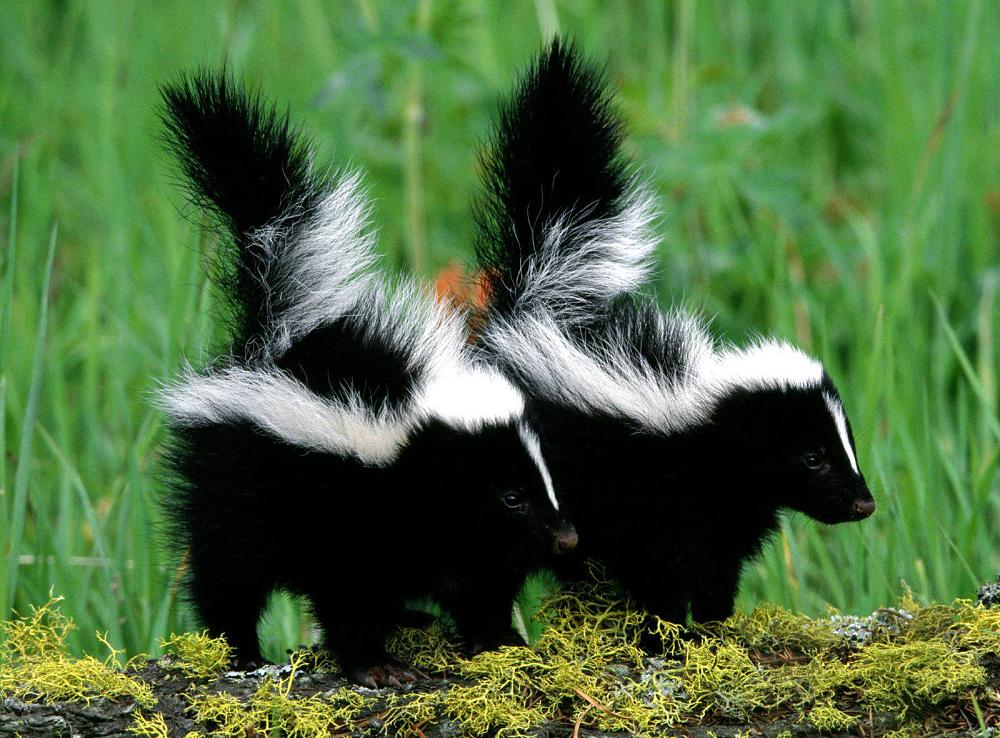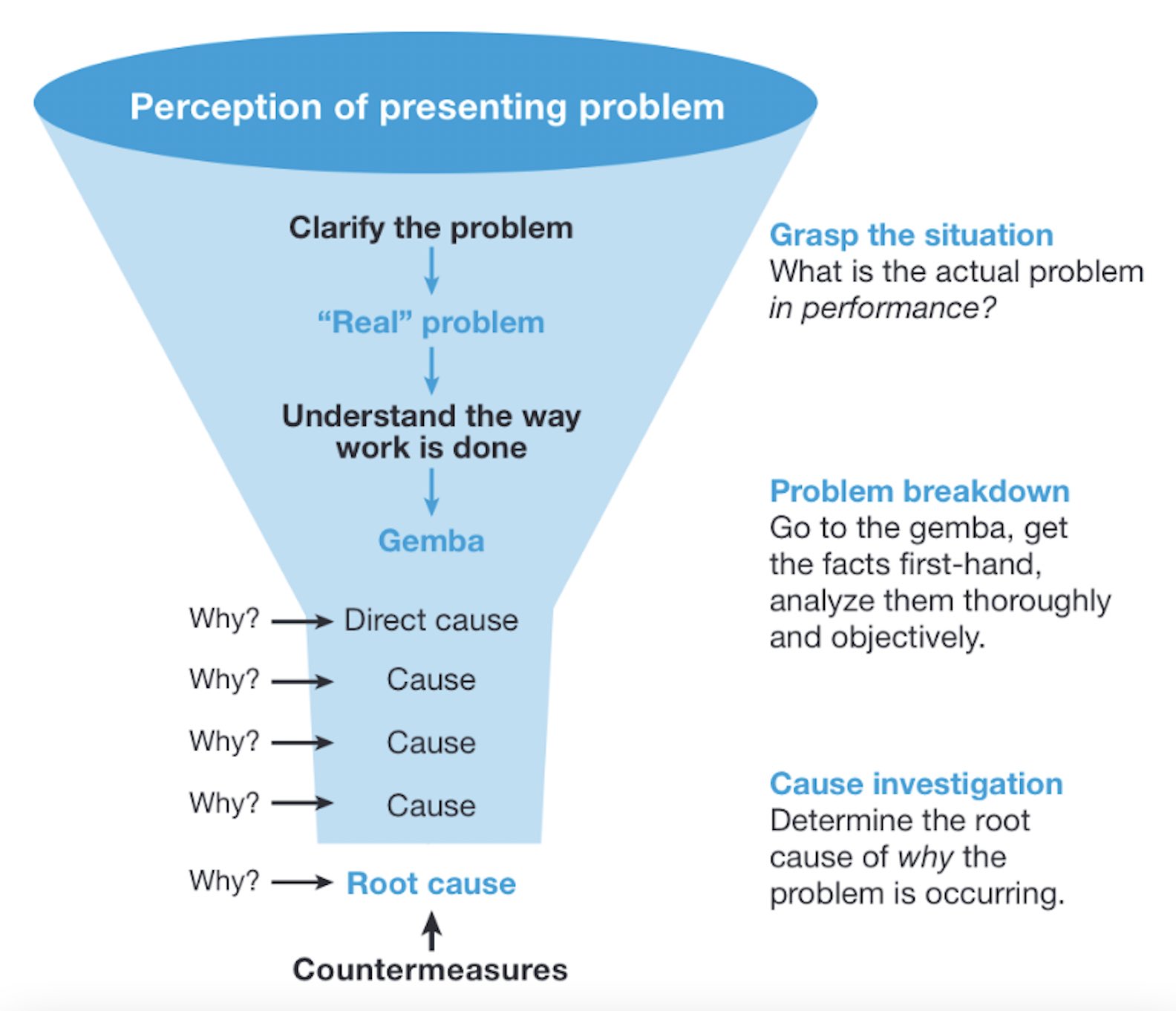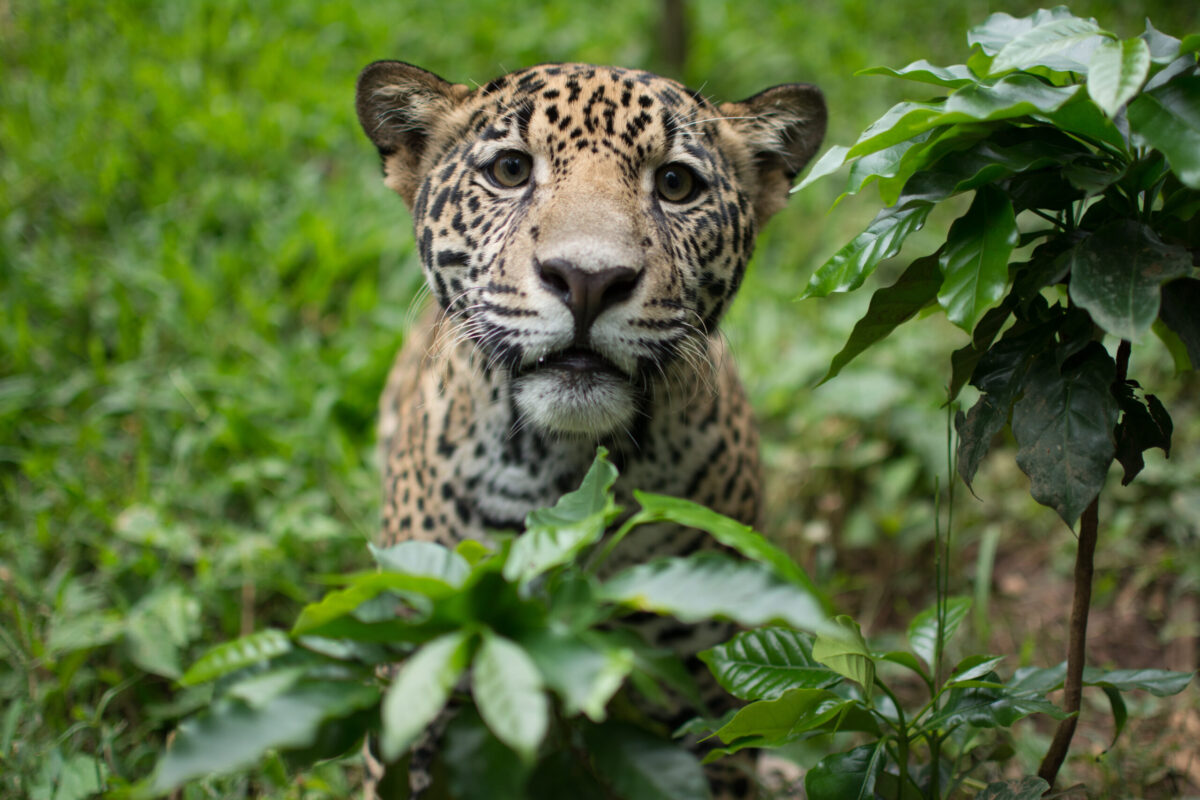Biodiversity Loss: Potential Consequences for Earth’s Environmental Systems
The critical role of biodiversity in environmental stability
Biodiversity encompass the variety of live organisms across all ecosystems on earth. From microscopic bacteria to tower redwoods, from tiny insects to massive whales, this complex web of life form the foundation of our biosphere. Each species play a unique role in maintain the delicate balance of our planet’s environmental systems.
But what might happen if this diversity importantly diminish? The consequences would be far reach and potentially catastrophic for both natural systems and human civilization.
Ecosystem function degradation
In a less diverse biosphere, ecosystem functions would deteriorate quickly. Healthy ecosystem rely on redundancy — multiple species perform similar roles — to maintain resilience. When diversity decrease, this redundancy vanishes.
Consider pollination as an example. Presently, thousands of insect species, birds, and mammals serve as pollinators. If pollinator diversity decline dramatically, agricultural systems would face immediate threats. While manage honeybees might pollinate some crops, many plants require specific pollinators that have co-evolve with them over millions of years.
Research indicate that ecosystem with higher biodiversity are more productive and stable. They convert sunlight and nutrients into biomass more expeditiously and recover more rapidly from disturbances like drought or disease outbreaks. A less diverse biosphere would be essentially less productive and more vulnerable to collapse.
Nutrient cycling disruption
Diverse communities of organisms drive nutrient cycling — the processes that make elements like carbon, nitrogen, and phosphorus available to live things. Bacteria, fungi, insects, and larger animals all play crucial roles in break down organic matter and return nutrients to the soil.
With reduced biodiversity, these cycles would become impaired. Nutrients might accumulate in some areas while becoming deplete in others. The result would be less fertile soil, reduce plant growth, and cascade effects throughout food webs.
In forest ecosystems, for instance, the loss of decomposer diversity would slow the breakdown of leaf litter and dead wood. This would not solely reduce nutrient availability but to increase the risk of catastrophic wildfires due to fuel buildup.
Trophic cascade effects
Food webs would simplify dramatically in a less diverse biosphere. The intricate connections between species at different trophic levels — producers, consumers, and decomposers — would unravel.

Source: chegg.com
When top predators disappear, populations of herbivores oftentimes explode, lead to overgrazing and habitat degradation. Likewise, the loss of herbivores can allow certain plant species to dominate, reduce overall plant diversity. These trophic cascades can transform entire landscapes.
The reintroduction of wolves to Yellowstone National Park demonstrate how a single species can influence an entire ecosystem. Their return control elk populations, allow willow and aspen trees to recover, which in turn create habitat for beavers and songbirds. In a less diverse world, such complex interactions would be gravely limited.
Reduced climate regulation
Biodiversity play a crucial role in regulate earth’s climate. Plants absorb carbon dioxide during photosynthesis, while soil microorganisms store vast amounts of carbon belowground. The ocean’s phytoplankton produce roughly half of the world’s oxygen while sequester carbon.
A less diverse biosphere would have diminished capacity to buffer against climate change. Research suggest that diverse forests capture and store carbon more efficaciously than monocultures. With fewer species, carbon sequestration would decline, potentially accelerate climate change.
Altered hydrological cycles
Plants regulate water movement through ecosystems via transpiration — the process of water vapor release through leaves. Different plant species have varied root depths and water requirements, create a balanced system that manage water expeditiously.
In a less diverse system, hydrological cycles would become disrupt. Areas might experience more frequent flooding during rainy periods and more severe drought during dry spells. Groundwater recharge could decrease, threaten freshwater supplies for both ecosystems and human communities.
Wetlands, which depend on diverse plant and microbial communities to filter water and control flooding, would function less efficaciously with reduced biodiversity. This would compromise water quality and increase flood risks in downstream areas.
Decrease weather stability
Forests influence local and regional weather patterns through evapotranspiration and by create microclimates. The Amazon rainforest, for instance, generate about half of its own rainfall through this process. Less diverse forests would potentially produce less atmospheric moisture, potentially alter precipitation patterns across large regions.
Coastal ecosystem like mangrove forests and coral reefs buffer shorelines against storms and rise sea levels. Their loss or simplification would leave coastal areas more vulnerable to extreme weather events, which are expected to increase with climate change.
Increased disease prevalence
Biodiversity serve as a natural buffer against disease spread — a phenomenon know as the” dilution effect. ” iIndiverse communities, pathogens encounter many species that aren’t suitable hosts, reduce transmission rates to vulnerable species, include humans.
Studies show that areas with reduce biodiversity frequently experience higher rates of infectious disease. For example, Lyme disease transmission increases in fragmented forests with low mammal diversity because ticks concentrate on white footed mice, which are efficient disease reservoirs.
Agricultural vulnerability
Modern agriculture rely intemperately on a few crop varieties. Without the genetic diversity find in wild relatives of crop plants, our ability to breed disease resistant varieties would be gravely limited.
Likewise, the loss of natural predators that control agricultural pests would necessitate increase pesticide use, with associated environmental and health costs. Beneficial insects like ladybugs and parasitic wasps provide billions of dollars worth of pest control services yearly.
The Irish potato famine of the 1840s demonstrate the danger of low agricultural diversity. Reliance on a single potato variety leave the crop vulnerable to blight, result in widespread famine. In a future with diminished biodiversity, such scenarios could become more common.
Reduced resources for human use
Humans derive countless resources from biodiversity — food, medicine, building materials, and industrial products. Some 40 % of pharmaceuticals originate from natural sources, and many more await discovery.
With reduced biodiversity, potential new medicines would be lost before they’re yet identify. The rosy periwinkle from Madagascar, which produce compounds use to treat childhood leukemia and Hodgkin’s lymphoma, illustrate what might be lost when species disappear.
Food security challenge
While modern agriculture focus on comparatively few species, humans have historically consumed thousands of plant and animal species. This broader food base provide nutritional security, specially during environmental changes that might affect staple crops.
Wild fisheries depend exclusively on biodiversity. Simplify marine ecosystems would be less productive and more prone to collapse, threaten a primary protein source for billions of people. Aquaculture, while grow, can not amply replace the nutritional and economic benefits of diverse wild fisheries.
Additionally, crop wild relatives contain genetic diversity crucial for breed crops adapt to change conditions. Their loss would compromise our ability to develop varieties resistant to new pests, diseases, and climate conditions.
Psychological and cultural impacts
Beyond physical necessities, biodiversity enrich human experience and wellbeing. Research in the field of biofilm suggest humans have an innate connection to nature and other live things. Contact with diverse natural environments reduce stress, improve cognitive function, and enhance mood.
A less diverse biosphere would offer fewer opportunities for these beneficial interactions. The psychological impact of live in a biologically impoverished world might include increase rates of anxiety, depression, and attention disorders.
Cultural heritage loss
Many cultural traditions, knowledge systems, and identities are closely connected to local biodiversity. Indigenous communities oftentimes possess sophisticated understanding of local species and their uses. As biodiversity diminish, this valuable knowledge ilostse, along with potential solutions to environmental challenges.
Art, literature, music, and spiritual practices draw inspiration from the natural world. A less diverse biosphere would impoverish cultural expression and diminish the wonder that nature inspire across human societies.
Reduced evolutionary potential
Maybe about concern is how reduced biodiversity would limit future evolutionary possibilities. Each species represent millions of years of evolutionary innovation — unique adaptations, biochemical pathways, and ecological strategies.
The genetic diversity contains within and between species provide the raw material for adaptation to change conditions. With fewer species and less genetic variation, the biosphere’s capacity to evolve solutions to new challenges would be hard constrain.
Evolutionary dead ends
Evolution require both genetic diversity and time. Mass extinction events in earth’s history have been followed by recovery periods span millions of years. The current rate of biodiversity loss, principally drive by human activities, ioccurredur excessively quickly for evolutionary processes to compensate.
Moreover, human dominate landscapes frequently create barriers to gene flow between populations, limit adaptive potential eve far. Species unable to migrate or adapt rapidly enough face extinction in a quick change world.
Feedback loops and tipping points
Perchance almost alarming is the potential for biodiversity loss to trigger feedback loops that accelerate environmental degradation. For example, deforestation reduce rainfall, which stress remain forests, cause further tree mortality and carbon release.
Scientists warn of potential tipping points — thresholds beyond which ecosystem transform into totally different states. The Amazon rainforest may be approach such a tipping point, where reduced precipitation could convert large portions to savanna, release massive amounts of carbon and extinguish countless species.
Once these thresholds are cross, restoration become highly difficult or impossible on human timescales. The new states may be stable but would support far fewer species and provide reduce ecosystem services.
Hope through conservation and restoration
Despite these sobering possibilities, there remain hope for maintaining a diverse biosphere. Conservation efforts have successfulpulledull species backward from the brink of extinction.Americanrican biCaliforniaornia condor, and black footed ferret might altogethegonebe go without dedicated intervention.
Ecosystem restoration projects demonstrate that damage systems can recover when give the opportunity. Reforestation, wetland restoration, and coral reef rehabilitation all show promise, though full restore ecosystem complexity take time.
Sustainable development pathways
Peradventure well-nigh encouraging is the growth recognition that human prosperity doesn’t require biodiversity destruction. Sustainable agriculture techniques like agroforestry can produce food while support biodiversity. Renewable energy reduce the environmental footprint of development. Circular economy approach minimize resource extraction and waste.
Indigenous land management practices frequently maintain biodiversity while meet human needs. These time test approaches offer valuable models for sustainable relationships between people and the rest of the biosphere.
Conclusion
A less diverse biosphere would be essentially less stable, less productive, and less capable of support human civilization. The consequences would cascade through ecological systems, affect everything from climate regulation to food production to disease dynamics.

Source: wxresearch.org
The value of biodiversity extends far beyond any economic calculation. Itrepresentsearths’s accumulate evolutionary innovation — billions of years of adaptation, experimentation, and refinement. Each extinction diminish this irreplaceable heritage.
Maintain biodiversity isn’t scarce about preserve wilderness separate from human activity. It requires reimagine our relationship with the natural world — recognize that human wellbeing depend on healthy, diverse ecosystems. The future of both biodiversity and humanity hinges on our ability to develop this more sustainable relationship.
MORE FROM techitio.com













